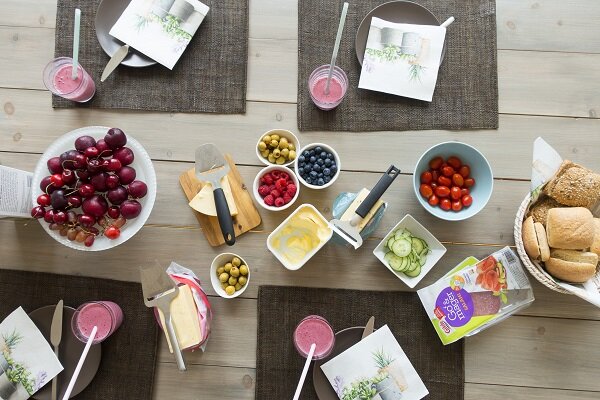When Norway first closed, we hoarded sustainable food, started baking, and changed to our eating patterns and shopping habits. Recent figures suggest that not all new habits will last.
Nielsen Norway has looked at sales development for the grocery market during the corona period week 11 to week 32, March 9. to August 9. Not surprisingly, people have purchased more groceries in Norway while restaurants and cafeterias have been closed. Strict infection control measures have also affected cross-border trade and foreign travel. Some food categories have been apparent sales winners, while others have had lower growth.
– During the pandemic, we have seen a relative decline in demand for products that are typically enjoyed on the go, says communications manager Gunnar Portvik in Nielsen to NTB.
– Less money is put into fresh small dishes such as small breads and sushi, while the growth that muesli bars had has been reversed to a decline, says Portvik.
Sales of portion packs, for example with yogurt, have also declined during the pandemic.
This development is apparently in stark contrast to the trend in recent years where snacks have had huge growth, a trend referred to as “snacking”, where it has become common to eat and drink between main meals, without actually being hungry or thirsty, just because you want something, preferably something a little healthy.
Baking-fever
However, there is no reason to believe that we have stopped enjoying ourselves or eating snacks. We may have just changed our patterns and begun making things ourselves. Not least, we have started baking, and flour sales have increased as much as 49 percent, while yeast sales are up 87 percent so far during the pandemic.
Elisabeth Aandstad Ekheim, Communications Director at Orkla Norway, has noticed this.
– When the home office became the new normal for many, people started baking. Yeast was one of our products with the largest increase in sales in the first phase, in addition to cake baking mixes. The demand for yeast continued throughout the spring, and there is no doubt that a lot is still being baked in Norwegian homes, she says.
Not least, people have eaten breakfast at home and had to be their own cafeteria. They bought healthy cereals, well-known and traditional Norwegian sandwich fillings such as canned mackerel and tomato and liver-pate.
Ekheim points out that well known and loved brands become important to many in uncertain times.
Hoarding
At the beginning of the pandemic, we hoarded durable foods, medicine, and toilet paper. Almost leading to a panic. It was inappropriate to go to the store 3.2 times a week, as we usually do.
– The pandemic changed our patterns of action, at least for a while. Fewer store visits led to an increased need for foods with a longer shelf life, which led to a particular increase for frozen and packaged food, says Portvik in Nielsen.
Growth in the corona period has been particularly high for products with a long shelf life, such as canned food and soups, which are 36 and 17 per cent higher than last year. However, as much as 85 and 99 per cent of this growth came in just the first four weeks after Norway closed down.
Pasta, rice, canned meat, and various durable dinner dishes and stews also had a formidable increase in the first four weeks, before it calmed down somewhat. Nielsen Norway believes that the growing demand for canned food, freeze-dried goods, pasta, and rice may have been short-lived.
Tobacco increasing the most
Tobacco is the product category that increased turnover the most during the corona period, which is due to the fact that Norwegians do not have their usual access to cross-border trade and tax-free. In total in Norway, tobacco sales have increased by 53 per cent in weeks 11 to 32, and sales are increasing in all counties.
– In the former Østfold county, tobacco sales increased by almost 200 percent, says Portvik.
Again, there is reason to believe that the increase over the period compared with the corresponding period last year is due to the fact that Norwegians have been in the habit of buying a lot of tobacco tax-free or on the other side of the Swedish border, especially during the holidays. With more Norwegians at home this summer, it is no wonder that sales of snus, cigarettes, and tobacco in Norway are increasing.
© NTB Scanpix / #Norway Today





Leave a comment